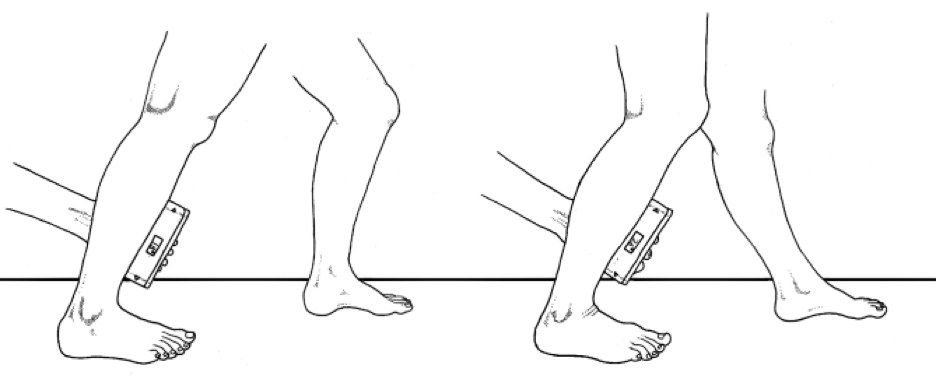This interesting paper evaluated the best ways to produce hypertrophy in the gastrocnemius and soleus muscles. The authors emphasize that these important muscles are notoriously unresponsive to strength training and they list several studies showing that while the hamstrings and triceps typically gain between 10% to 20% muscle mass in 12 weeks of strength training, gastrocnemius and soleus tend to gain only 2 to 6% more muscle mass during the same time. They also note that compared to other muscles in the body, gastrocnemius and soleus atrophy at quicker rates during prolonged periods of inactivity. The most popular belief is that you can produce hypertrophy in soleus by performing heel raises with the knee flexed, while gastrocnemius is targeted by performing heel raises with the knee fully extended. To determine if these exercises actually target the desired muscles, the authors used MRIs to measure muscle volume in the gastrocnemius and the soleus muscles as subjects performed straight knee heel raises on one leg (targeting the gastrocnemii) and 90° bent knee heel raises on the other leg (targeting the soleus). Subjects performed 5 sets of 10 repetitions twice a week for 12 weeks at 70% full effort and MRIs were performed to precisely measure before and after changes. At the end of the study, the authors noted the straight knee heel raises produced 9.2% and 12.4% increases in muscle volume in the medial and lateral heads of the gastrocnemius, respectively, along with a 2.1% increase in soleus volume. In contrast, performing heel raises with the knee bent 90° produced insignificant changes in volume of the gastrocnemius muscles, and only a 2.9% increase in soleus volume. The authors state the dramatic increases in muscle volume present only when performing straight knee heel raises emphasizes that in order to produce hypertrophy, muscles have to be exercised while they are in their lengthened positions. This is consistent with numerous studies coming to the same conclusion and the authors suggest the bent knee exercises should be discontinued in favor of the more effective straight knee heel raise exercises.
The problem with this research is that the authors specifically had subjects in both groups move their ankles to a maximum of 20° dorsiflexion. While this encouraged consistency between all subjects, it failed to address the fact that the typical ankle is significantly more mobile when the knee is bent, so people performing straight knee exercises are exercising their gastrocnemius muscles while they are fully lengthened, while the bent knee group should have been allowed to dorsiflex their ankles to the maximum angle possible, which is often more than 40° (Fig. 1). Performing the bent-knee heel raises with the ankle maximally dorsiflexed would have placed the soles muscle in its fully lengthened position, which is necessary to stimulate hypertrophy. Note that it’s not possible to fully lengthen soleus with straight knee exercises, as tension in gastrocnemius limits the range of ankle dorsiflexion necessary to fully lengthen the soleus.
Just as heavy load eccentric exercises need to apply a customized load that allows for 6% tendon elongation, bent knee soleus exercises have to be performed by making sure the soleus is fully lengthened while exercising, which is easy to measure with an iPhone. Given the importance of soleus in sprint performance, long distance running, agility, and vertical jump height, it seems ridiculous to settle for 2% hypertrophy by performing only straight knee heel raises.

